Caught In a Sticky Situation:The Orb-Weaving Spiderweb
Emily Gastelum and Taylor Stinchcomb
Biology 342 Fall 2011
The Facinating Orb Web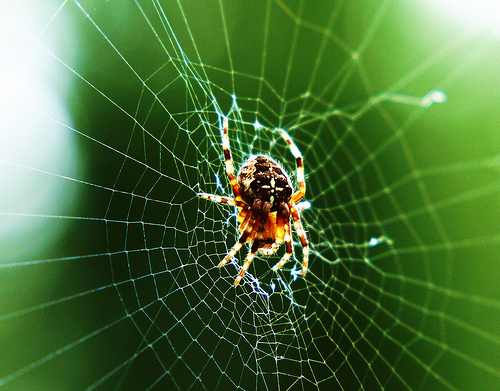
Spiders of the Araneidae and Nephilidae families spin circular "orb-shaped" webs, suspended vertically and made of fine silk. The basic web architecture consists of a stiff foundation of radial threads branching out from the center and a series of repeated circular threads creating the orb shape. These webs act as a foraging mechanism to catch fast flying prey. While the general orb shape remains relatively universal, details in the design of the web such as radial spacing, mesh size, and decorations can vary within and across sepcies depending on their preference for prey. Smaller webs catch insects, and some species are known to build webs large enough to capture small birds and bats! What makes these webs such efficient foraging tools and where do their origins lie? Using Niko Tinebergen's "four questions" as a guide we seek to provide a comprehensive study of these fascinating spider webs.
Studying Behavior
 The study of animal behavior is founded in four areas of inquiry outlined by Dutch ethologist Niko Tinbergen in his paper On aims and methods of Ethology (1963). As Tinbergen describes them, causation involves the underlying physiological mechanisms that work to produce the observed behavior; ontogeny is the change in behavior machinery over an organism’s lifetime; survival value examines how a behavior will enhance an animal’s chance of survival in the future; and phylogeny compares behavior across species in order to understand how it has evolved over time.
The study of animal behavior is founded in four areas of inquiry outlined by Dutch ethologist Niko Tinbergen in his paper On aims and methods of Ethology (1963). As Tinbergen describes them, causation involves the underlying physiological mechanisms that work to produce the observed behavior; ontogeny is the change in behavior machinery over an organism’s lifetime; survival value examines how a behavior will enhance an animal’s chance of survival in the future; and phylogeny compares behavior across species in order to understand how it has evolved over time.
When the four areas of inquiry are considered together, they provide a comprehensive analysis of behavior on both proximate and ultimate timescales that draws from many different scientific disciplines.
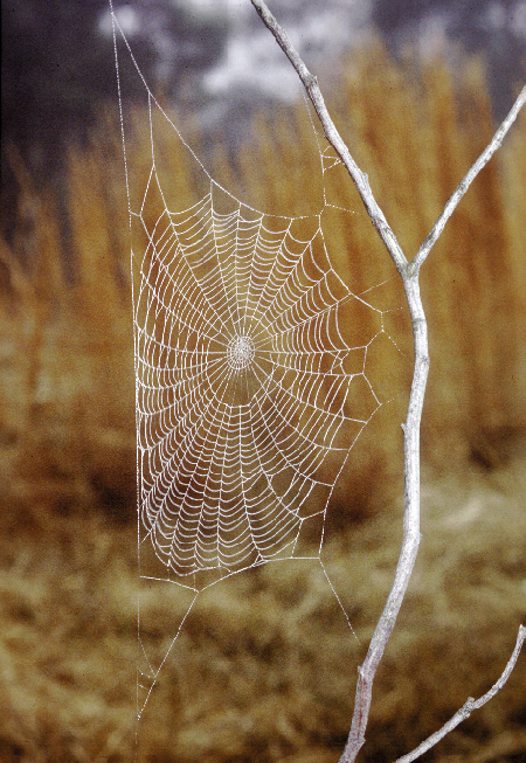
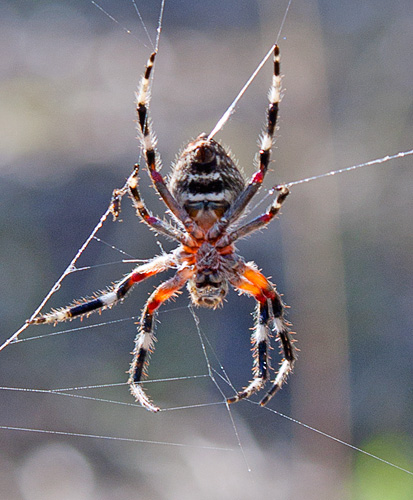
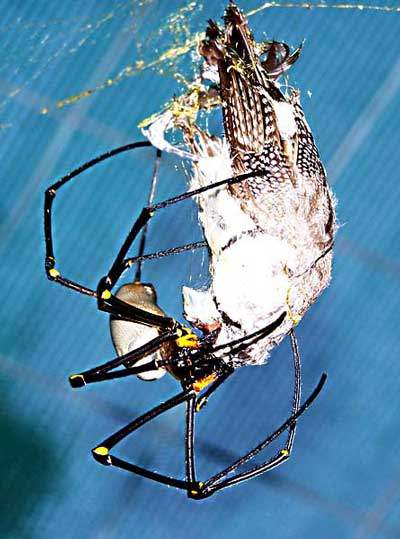
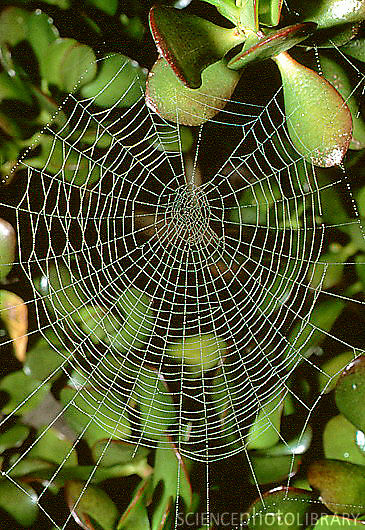
(Photo credits: see References page)